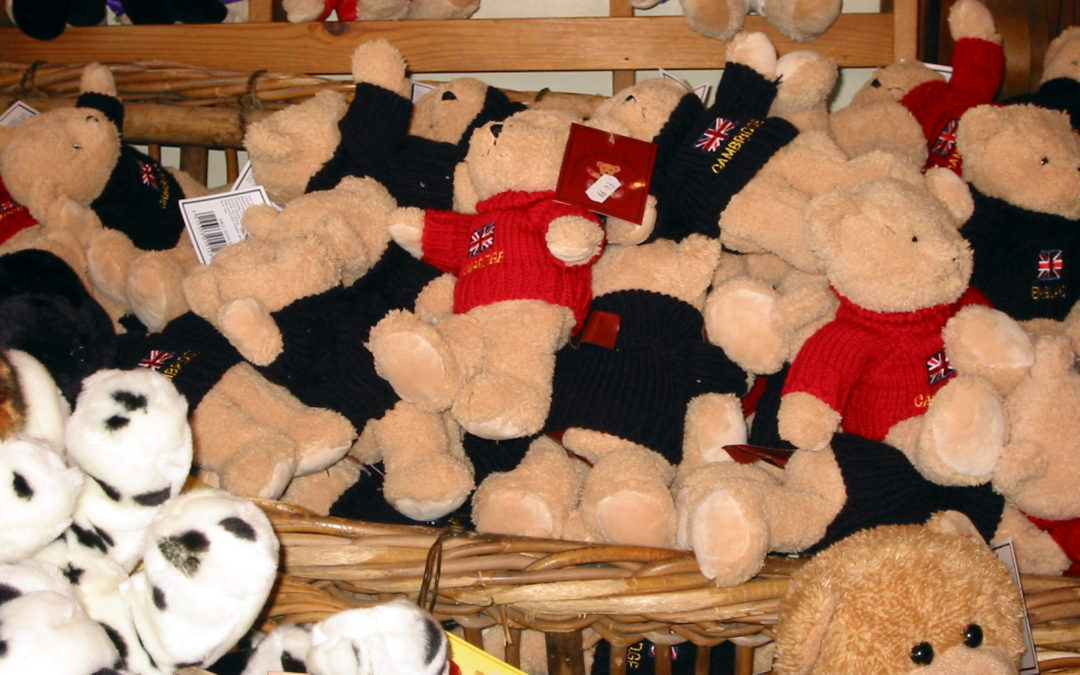Transforming the popular children’s song “Teddy Bears’ Picnic” into a death picnic is Trevor’s metaphor for portraying the 1980s generation as infantile and short on morality.
Six months into their marriage, Edwin, a twenty-nine-year-old stockbroker, and Deborah Chalm, a twenty-six-year-old secretary, bicker about attending a Teddy Bears-themed picnic. Edwin is incredulous. “You call sitting down with teddy bears a bit of fun? Grown-up people?” Deborah is annoyed, “I wish you wouldn’t keep on about grown-ups. I know we’re grown-ups. That’s the whole point.”
While the “grown-ups” eat banana sandwiches, egg sandwiches, biscuits with icing, chocolate, and coffee cakes, drinks are orange squash, lemon squash, and milk. Edwin, however, is drunk, and when touring the garden with his host, a frail elderly gent, he pushes him hard so that he falls, cracks his skull, and dies. Since no one has seen him, Edwin walks away, but when the body is discovered, he is the first on the scene.
As far as Edwin is concerned, it is all a “grotesque absurdity,” except for the momentary blip of excitement that turns a boring picnic into a death picnic. His murder puts the picnic in a new perspective. At first, it’s a silly event, adults playing like ten-year-olds; afterward, it is a horror.
*Deborah’s teddy bear is named Binky.
See William Trevor. “The Teddy-Bears’ Picnic” (1982), Beyond the Pale and Other Stories. London: Bodley Head, 1981

